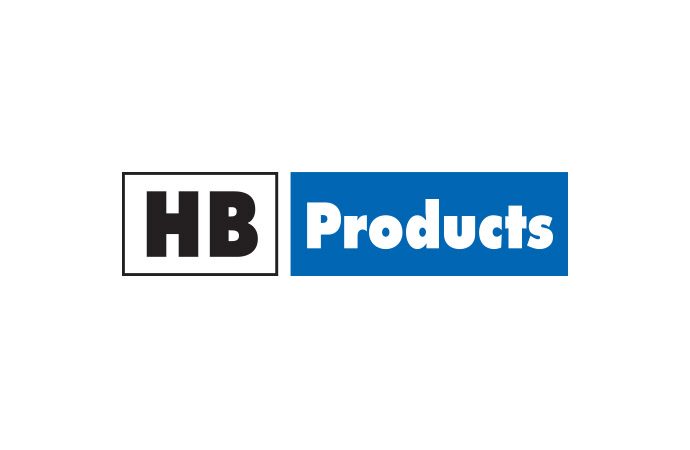The Danish expert for sensors and switches in industrial refrigeration applications is adding its highly reliable microprocessor sensors for ammonia systems. The new HBLC/OC sensors series offers unique stand-alone operation without use of a controller and is designed for direct operation of a motor or solenoid valve.

The newly developed microprocessor controlled sensors from HB Products for ammonia refrigeration systems consists of the HBLC liquid level control sensor and the HBOC oil level control sensor. The HBLC is ideal for liquid level control, use as high/low pressure float, valve control system and defrost liquid drain control. The HBOC on the other hand is ideal for control and management of oil valves, compressor protection with alarm and all kinds of oil return systems.
Basic specifications HBLC Liquid Level Control Sensor
About HB Products
HB Products provides custom designed sensors for almost any industrial application. The product range consists of liquid level sensors, motion and position sensors as well as temperature sensors. Its products are used in heat pumps, for oil level control on industrial plants, as level transmitters in waste and fresh water installations as well as for position and motion control on compressors and hydraulic cylinders. HB Products core competences secure trouble-free operating sensors during lifetime no matter which conditions they are exposed to.
Basic specifications HBLC Liquid Level Control Sensor
- Controller built-in
- Stand alone operating
- Maximum working pressure: 150 bar
- Modulating 4-20mA, puls/time or ON/OFF output
- Liquid injection control / modulating liquid level management
- Control and management of refrigerant level in condensers and evaporators
- Controller built-in
- Stand alone operating
- Maximum working pressure: 170 bar
- Modulating 4-20mA, puls/time or ON/OFF output
- Automatic oil management
- Control and management of oil level in crankcases and filter systems
About HB Products
HB Products provides custom designed sensors for almost any industrial application. The product range consists of liquid level sensors, motion and position sensors as well as temperature sensors. Its products are used in heat pumps, for oil level control on industrial plants, as level transmitters in waste and fresh water installations as well as for position and motion control on compressors and hydraulic cylinders. HB Products core competences secure trouble-free operating sensors during lifetime no matter which conditions they are exposed to.
MORE INFORMATION
Related stories




